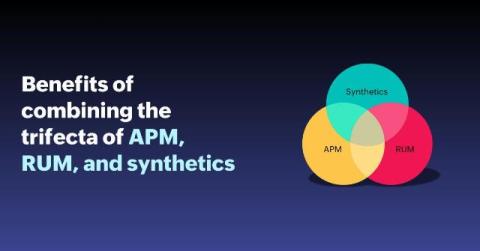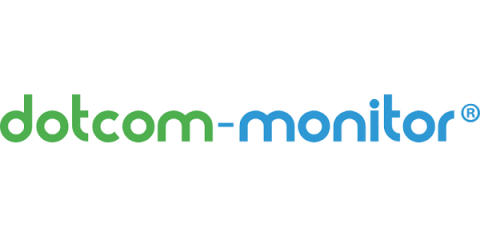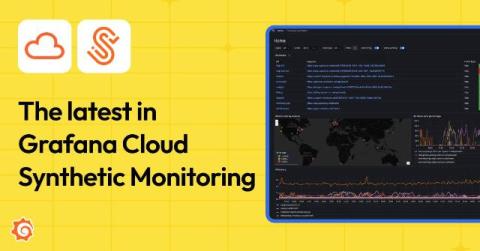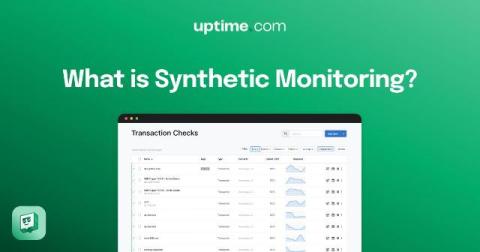Benefits of combining the trifecta of APM, RUM, and synthetic monitoring in IT operations
APM is foundational in assessing an application's internal health. It employs a variety of tools and techniques to monitor crucial metrics such as response times, error rates, and resource utilization. This comprehensive analysis enables teams to identify bottlenecks, slow database queries, and other potential performance-related issues that could diminish the user experience.











